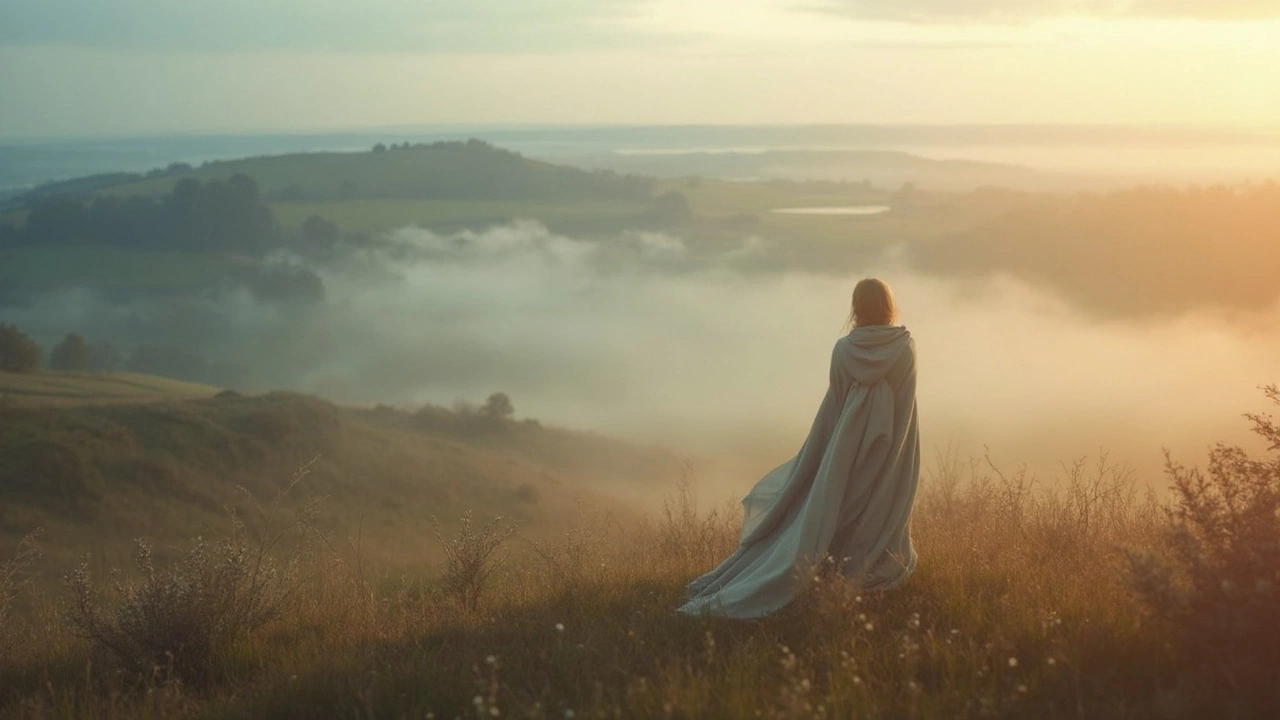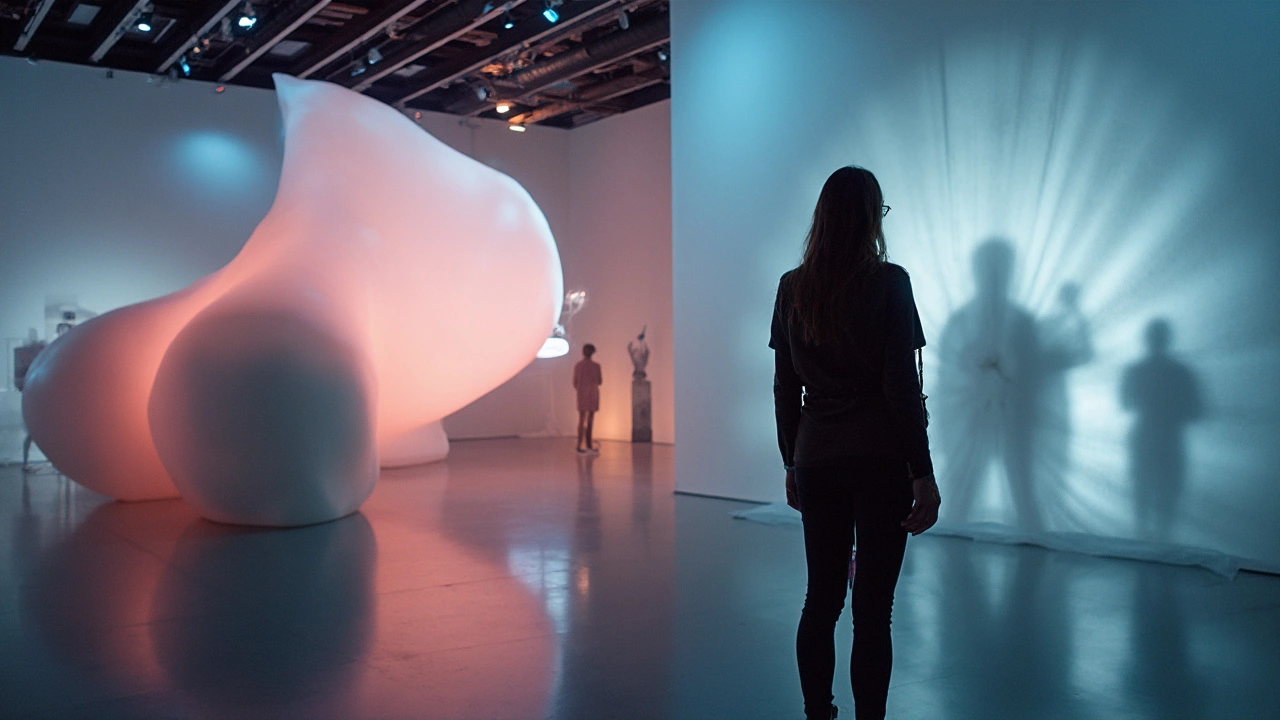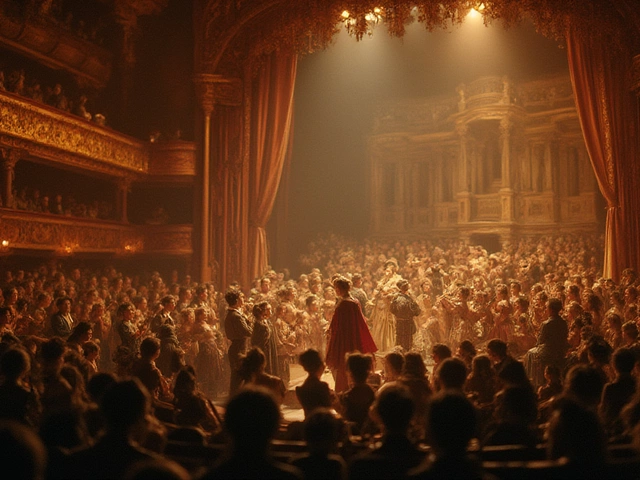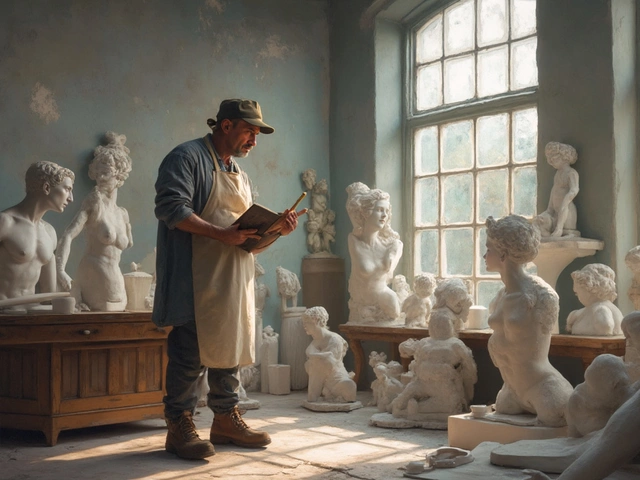So, what's this genre fine art photography all about? Well, it's like blending storytelling with your artistic vision using a camera. Think of it as capturing scenes that might seem ordinary at first but with a twist of creativity. The key is how you see and interpret the world around you.
In genre fine art photography, it's not just about clicking the shutter; it's about creating a narrative, evoking emotions, or sometimes, just making the viewer see something familiar in a whole new light. Whether you're focusing on candid street scenes, abstract shapes, or the little quirks of everyday life, it's your perspective that counts.
This type of photography doesn't follow strict rules, which is both freeing and challenging. You get to choose what message or feeling you want to convey and find the best way to do so through composition, color, and lighting. Intrigued? Let's dive into some basic elements you'll need to consider when venturing into this creative field.
- Understanding Genre Fine Art Photography
- Key Elements and Techniques
- Popular Genres and Their Unique Styles
- Tips for Creating Impactful Images
- Showcasing Your Work
Understanding Genre Fine Art Photography
Alright, let's get into what makes genre fine art photography tick. This isn't just about snapping photos of pretty things; it's about breathing life into your images with creativity and personal flare. So, what are we looking at? It's a mix of artistic intent and subject-specific focus.
First off, think of this as being part storyteller and part artist. The genres, or subject matters, can vary widely. Some photographers might focus on the grittiness of urban street life, capturing raw and candid moments. Others dive into surrealism, creating dream-like scenes. What's vital is the message or emotion you're trying to get across. Your technique will help underscore that, making it more than just a photo.
Technique-wise, you're looking at a variety of elements like composition, lighting, and post-processing. Light can dramatically alter the mood—soft, natural light might give a serene vibe, while harsh lighting can add drama. Composition rules aren't strict but knowing them gives you the freedom to break them efficiently.
Why do some folks gravitate toward fine art photography? Many find it an ideal way to express personal or social perspectives. In fact, the market appreciates these unique viewpoints, leading to a growing demand for high-quality art prints.
Another thing: think about how you might present this work. Photographers often use exhibitions to showcase their portfolios, but online platforms are also solid options. Websites, Instagram, or art-specific platforms like Behance allow for broad exposure and direct connections with art lovers globally.
Key Elements and Techniques
Getting into genre fine art photography is like having a ticket to a world where you create your own rules, yet a few fundamental concepts can help you reach that creative sweet spot. First off, think about your subject. Your subject could be anything: a rusting bicycle, an unusual shadow on the wall, or even a crowded street. The magic happens when you add your personal touch or unique perspective to these seemingly ordinary subjects.
Lighting is another biggie in fine art photography. Playing around with natural or artificial light can dramatically alter how your subject is perceived. Soft, diffused lighting gives a calm vibe, while harder lighting can add drama and intensity. Experimenting with different times of the day or types of light can lead you to unexpected discoveries.
Composition can make or break your shot. The rule of thirds is a classic technique: imagine breaking an image into nine equal parts with two horizontal and two vertical lines, then place your subject along these lines or their intersections. But don't feel confined by this. Sometimes breaking the norms can lead to extraordinary results in artistic photography.
Another tip is to play with depth of field. A shallow depth of field can isolate your subject, adding focus and interest. Alternatively, a deep depth of field can bring an entire scene into sharp detail, engaging the viewer's eye as they explore the photo.
Editing is the finishing touch. Whether you prefer minimal retouching or enjoy diving deep into software like Photoshop or Lightroom, what matters is keeping the final image aligned with your vision. Consistency in style or editing helps to define your artistic signature.
Lastly, don't underestimate the power of storytelling. Each photograph should speak a little story or convey an emotion. Think about what you're trying to say with each shot and let this guide every choice you make. By blending these elements with a dash of your creative intuition, you can produce something that truly stands out in the world of fine art photography.

Popular Genres and Their Unique Styles
When it comes to fine art photography, the genres are like flavors, each offering its own vibe and style. Some genres might resonate more with you depending on what kind of story you want to tell.
One of the standouts is portrait photography. It's not just about photographing a person's face; it's about capturing their essence, emotions, and even telling their story through a still image. The focus is on expression and lighting, often with creative setups or spontaneous moments.
Then there's landscape photography. Here, the challenge and beauty lie in presenting nature with a fresh perspective. Whether it's vast mountain ranges or a solitary tree in a field, the goal is to evoke emotions and awe, showing the world in its raw glory.
Street photography is another captivating genre. It's about blending in and capturing candid moments of everyday life. Street photographers aim to highlight the often overlooked beauty or chaos of urban life. The unpredictable nature of the streets offers endless opportunities for storytelling.
For those who prefer something less literal, abstract photography might be your go-to. This genre plays with colors, shapes, and textures to create images that challenge viewers' perceptions and stir their imagination. Often, abstract photography invites diverse interpretations, making it highly personal for both the artist and the audience.
If you're interested in the trend of macro photography, it’s all about the details. This genre zooms in on tiny subjects like insects, flowers, or everyday objects, revealing intricate details not usually visible to the naked eye. It's a fascinating way of transforming the mundane into art.
Each of these genres embodies a unique style and set of challenges, but they all serve the same fundamental purpose: to express something you feel is worth sharing with the world. So, whether you’re drawn to capturing people, places, or abstract concepts, there's a genre in fine art photography that's just waiting for your personal touch.
Tips for Creating Impactful Images
Getting the hang of fine art photography means knowing how to put a punch into your images, making them resonate with viewers. Here are some practical tips to craft those unforgettable shots:
- Connect Emotionally: The best images often have a strong emotional pull. Whether it's joy, sadness, or awe, try to convey an emotion that connects with the viewer on a personal level. It’s the feeling behind the photo that often stays with people.
- Master Your Lighting: Lighting can make or break your shots. It's not just about having enough light, but about using it creatively. Experiment with natural light, shadows, and even artificial sources to add drama and focus to your images.
- Embrace Simplicity: Sometimes less is more. A cluttered image can distract from the message you're trying to convey. Focus on minimalism or isolate your subject to draw the viewer’s eye directly to the core of your image.
- Play with Perspectives: Don't just shoot from eye level. Change it up by getting low or high, or by shooting through objects. Unique perspectives can give new life to ordinary scenes and add intrigue to your work.
- Consistency is Key: Develop a personal style by being consistent with your editing and color choices. It might sound a bit cheesy, but this helps in building your brand and identity as a photographer.
Don't forget to experiment! Some of the greatest photographers didn't know what they were going to end up with when they first started playing around with their cameras. Also, keep in mind, trends can be useful to know, but always be true to your own creative vision.

Showcasing Your Work
So, you've crafted some killer shots and now it's time to show them off. Let's talk about how to get your fine art photography out there where it matters and can create an impact. First, think about online platforms. Sites like Instagram, Flickr, and Behance are buzzing places to share your work. Tailor your profile to highlight your unique style and engage with the community by commenting on others' work.
Another great idea is to create a personal website. Platforms like Squarespace or WordPress make it pretty straightforward. A website serves as a digital portfolio and can tell the world you're serious about your art. You can display different collections or genres you've explored, adding depth to your public image.
Exhibitions are also a classic way to present your artistic photography. Start small with local galleries or art fairs. These face-to-face encounters not only allow people to see your work up close but also open up networking opportunities. Know a local coffee shop or a bookstore? Pitch them the idea of displaying your art. It's hitting two birds with one stone—decoration for them, exposure for you.
Of course, don't overlook social media connections. Engage with other photographers and potential buyers. The more you create and share content about your process, thoughts, or even behind-the-scenes moments, the more relatable you become. Relatability often converts to supporters and clients.
Photography tips from seasoned artists suggest having different versions of your work: web-sized for online sharing and high-resolution for print media. Also, use captions or short stories to give your audience a little context. People love a story, and it makes your work relatable.
Here's something to chew on: a recent survey revealed that 70% of art buyers first discover pieces through online platforms. So, keep your digital presence sharp and updated. Your next admirer or client might just stumble upon your artwork when scrolling through their feed.
Remember, the way you showcase your art reflects on you as an artist. Keep it professional but let your personality shine through.



